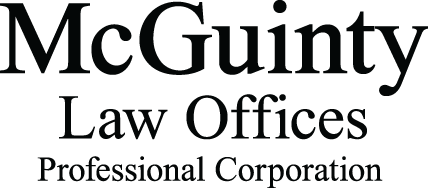23 Aug Truth and Reconciliation – A #MeThree Movement
The burden of proof
In the Western legal tradition, the accused are presumed innocent until proven guilty. This puts the burden of proof on the accuser to show that the accused is legally responsible for the alleged act. This protects innocent people who are wrongly accused.
The criminal justice system has the highest standard of proof, that of being shown to be “guilty beyond a reasonable doubt.” It’s a tough standard to meet, and that is no accident. If the government is going to use one of its most invasive powers, imprisonment, it had better thoroughly satisfy the courts that it “has got the right man.” In civil proceedings, where people are sued for damages but not imprisoned, the standard is lower. One must only show “on a balance of probabilities” that the accused broke the law.
So, the greater the penalty, the higher the standard of proof, in order to avoid the social cost of severely punishing innocent people. The lower the penalty, the lower the standard of proof, because the social cost is arguably not as great if the wrong people are punished.
An approach based on truth and reconciliation
There is a strong case to be made for using an approach based on truth and reconciliation that lessens the standard of proof where an allegation of some form of sexual disrespect is made. This could help heal truthful individuals without revictimizing them, while respecting the rights of the accused. For at present, it can feel like the Wild West.
An important goal of many accusers is redress – in the form of real recognition of a harm done, and a meaningful apology. Healing requires that the guilty party acknowledge to the victim the real and lasting hurt he or she has caused, and explain to the victim with meaningful words his or her understanding of what he or she has done. A heart-felt apology must follow, even though continued anger on the part of the victim is normal and even to be expected. Forgiveness may follow, but is not guaranteed.
Healing also goes two ways. Yes, the guilty party is in the wrong. But healing and reconciliation require that the guilty undertake the long road to self-examination and betterment. True healing asks tough questions that lead the guilty to understand why they behaved as they did. For example, self-examination can lead to understanding false conceptions of other human beings, such as the damaging notion that women are put on this earth to gratify men’s sexual desires; acknowledging deep-seated insecurities and low self-esteem which can turn alcohol into false courage that facilitates stupid decisions; stopping the exaltation of sexual brashness as virtue; the widespread acceptance of excessive drinking which clouds our better judgment; and the widespread acceptance of pornography without recognition that it damages one’s capacity to form truly intimate bonds with another.
Another form of recourse
People who are guilty of sexual disrespect must be held responsible, but collectively, society has a role to play in addressing both the causes and the symptoms. The criminal justice system and civil litigation are still available to victims, but they also need to have the choice to pursue measures built on truth and reconciliation.
Canadians should take the time to consider whether the justice system would benefit from encouraging the use of alternate dispute resolutions and restorative justice to move towards healing, truth and reconciliation in cases of sexual disrespect without throwing away the rights of the accused. Such an approach could even spawn a #MeThree movement, whereby men come forward with admissions of sexual disrespect in good faith, in order to come clean, repair damaged relationships, honour the dignity of their victims and do their part to raise our collective standard of behaviour.
This article was originally published in the Ottawa Citizen. Click here for the original.



